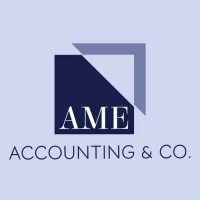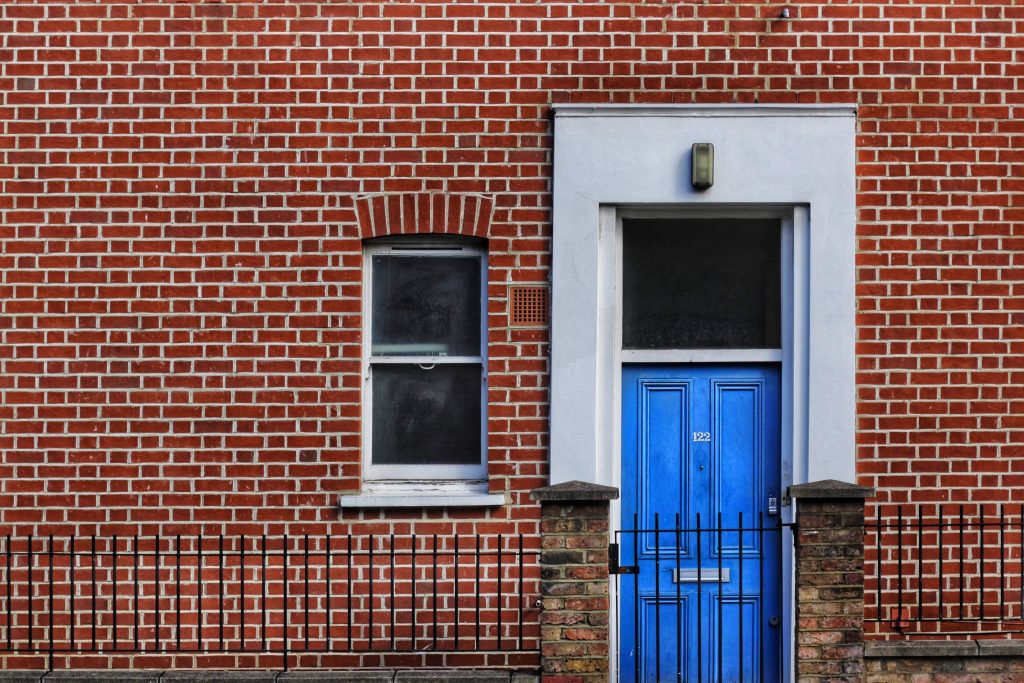It was great news to many on 3rd March, when Rishi Sunak announced an extension to the Stamp Duty holiday through to 30th June and a further relief thereafter to 30th September. It has led to property prices rising to new highs and property purchases and selling’s rising, many individuals purchasing second properties as well. And for great reason.
The current SDLT rates to 30th June 2021 are:
- Up to £500,000 value, SDLT rate is 0%.
- The next £425,000 value, SDLT rate is 5%
- The next £575,000 value is at £10%
- The remaining amount is taxed at 12%
From 1st July to 30th September 2021 the rates are:
- Up to £250,000 value, SDLT rate is 0%
- The next £675,000 is taxed at 5%
- The next £575,000 is 10%
- And the remaining amount is at 12%.
And finally, from October 2021:
- Up to £125,000 is taxed at 0%
- The next £125,000 is at 2%
- The next £675,000 is at 5%
- The next £575,000 is at 10%
- And finally, the remaining amount would be taxed at 12%.
And the rules are even better for first time buys with a relief of no SDLT up to the value of £300,000. With the current budget in place, it could potentially save you thousands should you wish to buy a second home for rental or indeed holiday letting. – https://www.gov.uk/stamp-duty-land-tax/residential-property-rates
So where’s the trap?
With records levels of second home purchases and travelling abroad for holidays seemingly being postponed for 2021, the UK staycation has never been more popular. Many around the UK have purchased a second home, for the purpose of creating a Furnished Holiday letting (FHL). FHL’s have typically been of favourable & special tax treatments, they;
- Pay business rates rather than council tax, resulting in typically Small business rates relief.
- Profits count as earnings for pension purposes.
- You can claim Entrepreneurs relief on selling.
- You can claim Business Asset Rollover Relief
- And more…
It is therefore of no surprise the HM Revenue & Customs has duly reminded everyone of the qualifications for a property to be classed as a Furnished Holiday let and tightened the rules to force landlords to prove their FHL status. They must the 3 occupancy conditions:
The availability condition
The property must be available for letting as an FHL for at least 210 days of the year. If, for any reason you are living in the property, these days will not be counted towards the 210 days.
The pattern of occupation condition
If the total of all lettings that exceed 31 continuous days is more than 155 days, then the property will no longer meet the FHL conditions.
The letting condition
The property must be commercially let as a furnished accommodation to the general public for at least 105 days of the year. If, you have let the property to friends or family or anyone at a reduced rate, or none at all, these days will unfortunately not be included within the 105 days.
In addition to this, longer term lets of 31 days and more (unless in the event of unforeseen circumstances), will also not be included within the 105 days.
If, however, you do not meet this condition, you may able to save yourself, via 2 options;
- The averaging election – If you have more than one FHL property, you can average between them all. As an example, if one FHL property was let for 151 days, but the other for 99, by averaging between the 2, you meeting the condition at 125 days let. * Note, an election for this must be made within one year of it occurring.
- Period of Grace election – If you can reasonably demonstrate you had every intention to meet the letting condition of 105 days and it was indeed a “one off year”, you can make this election, as long as the other 2 conditions are met. However, 2 consecutive years of not meeting this condition, you will lose the FHL status.
If the property is sold, used for private occupation or doesn’t meet the conditions, then FHL status is lost and the special tax treatment is lost also. What may have seemed like a good investment at first, may become a costly mistake, burning holes in your pocket and result in higher taxes, either via Capital Gains, Council tax rather the business rates or lost pension contributions. More details can be found via: https://www.gov.uk/government/publications/furnished-holiday-lettings-hs253-self-assessment-helpsheet/hs253-furnished-holiday-lettings-2020
Our view
Utilise the stamp duty relief holiday. It has never been a better time to purchase a second home if you can afford to, however, think twice on declaring it as a holiday let. HM Revenue & customs will be coming down hard on these types of lets and it isn’t worth the risk ‘trying it on’ to save some money here and there.
For more on this or anything else, contact us for a free consultation either via phone or in person.



